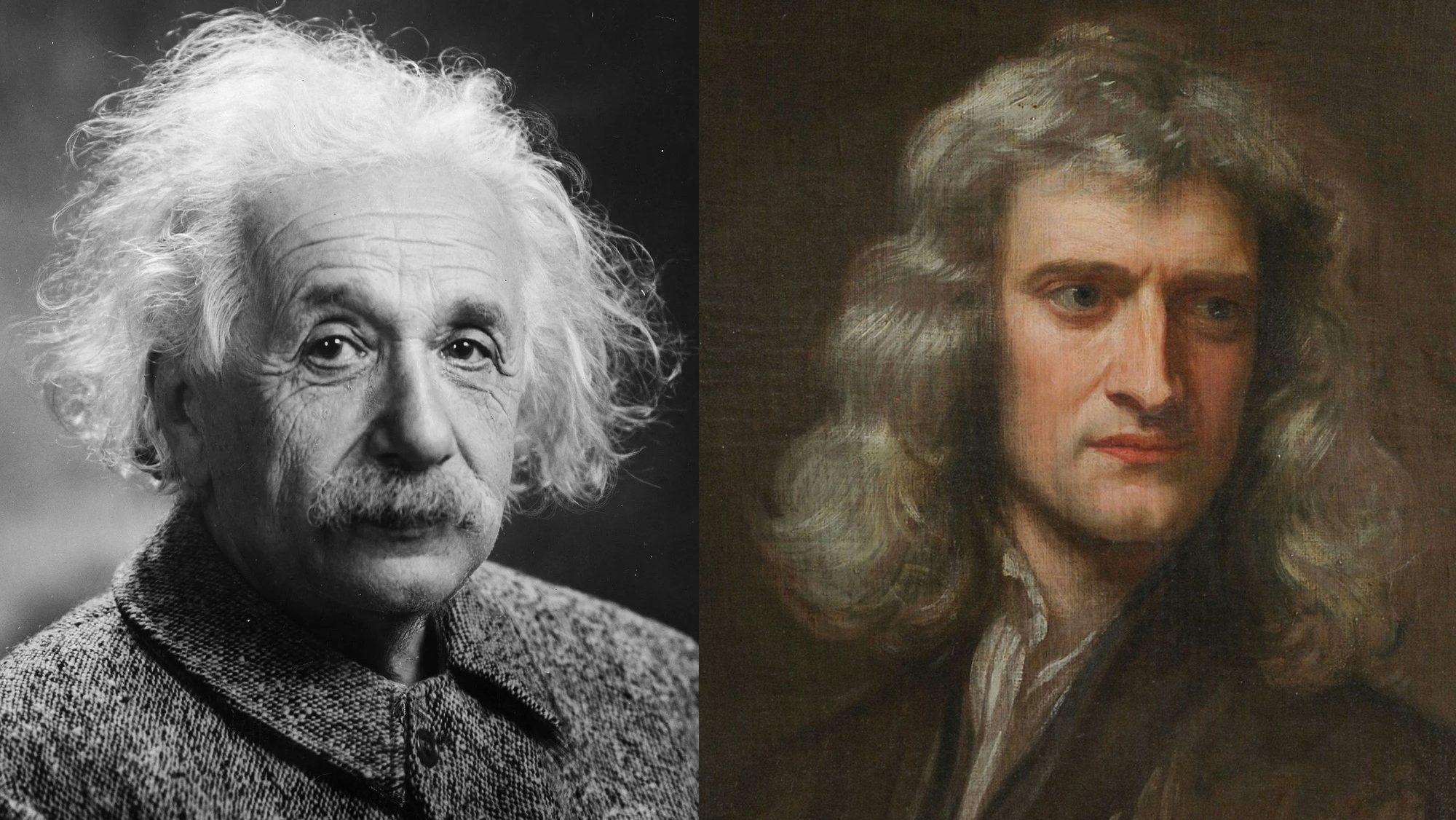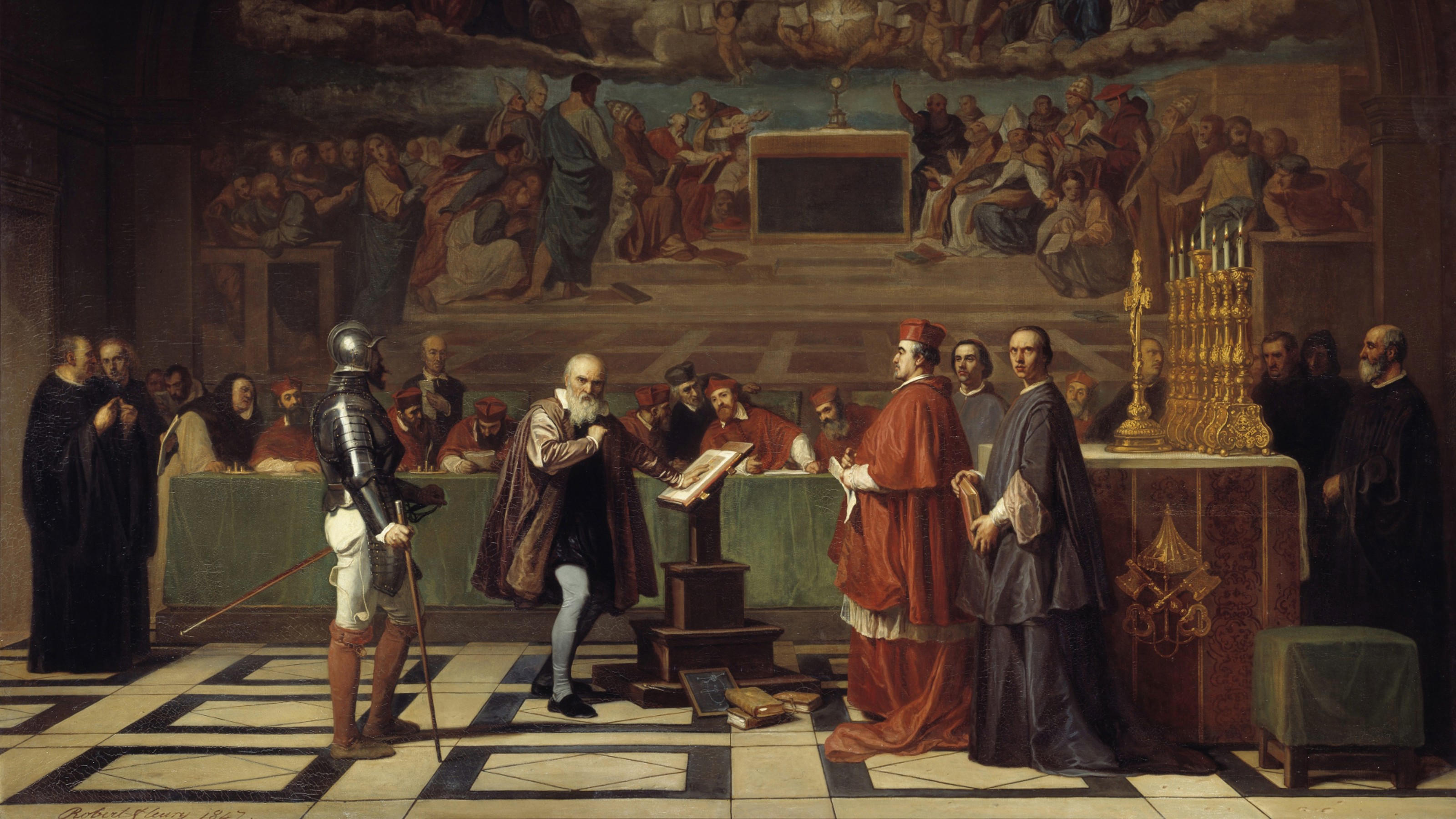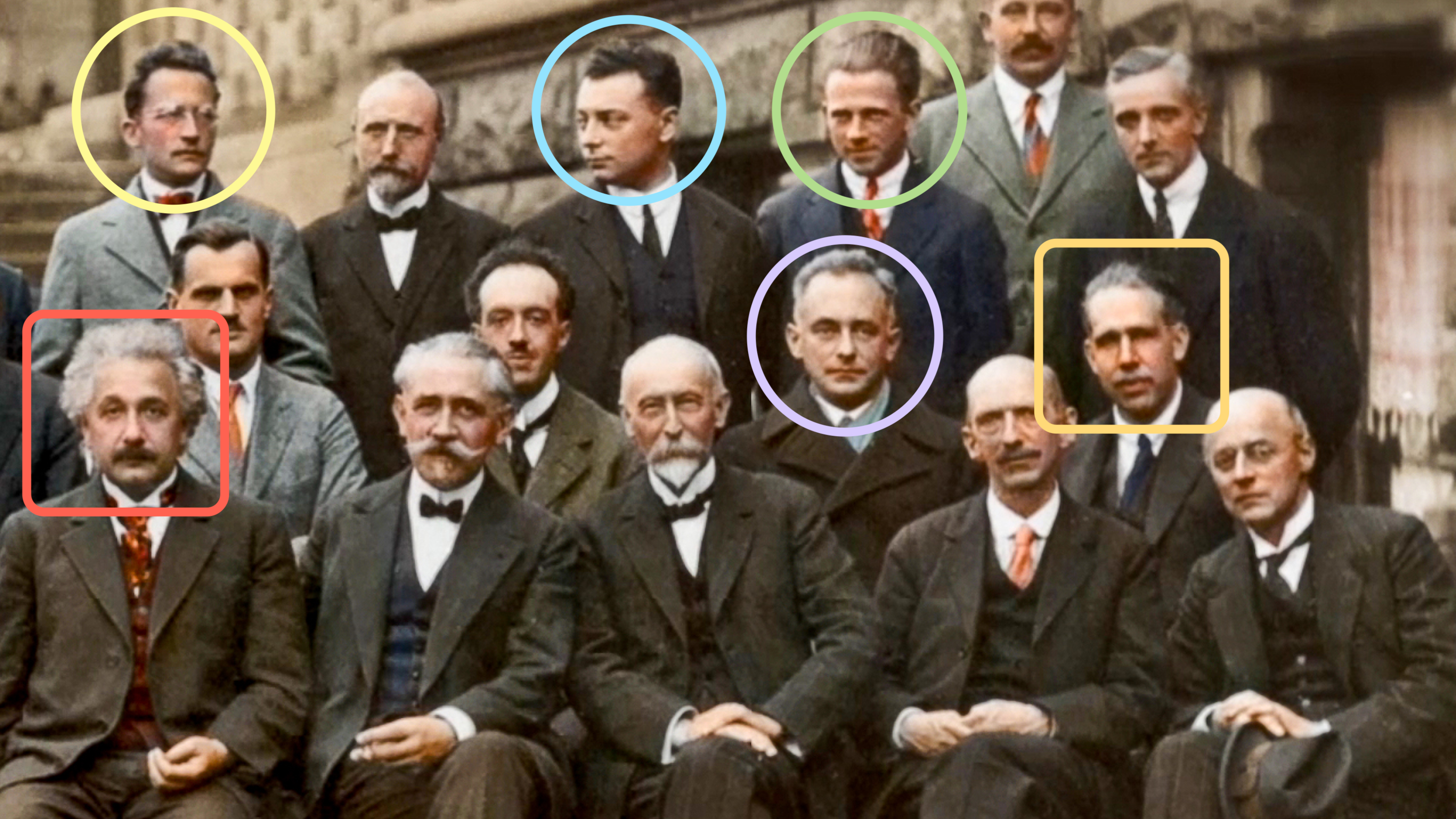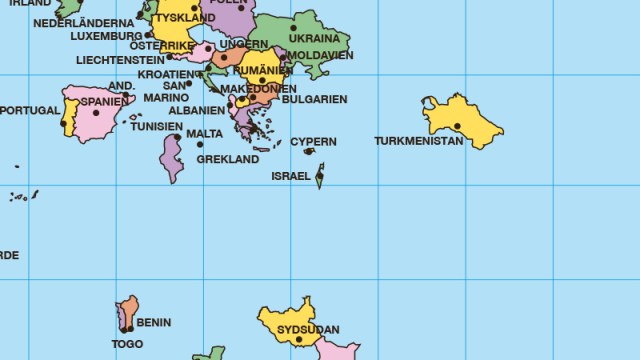This New Equation Promises to Unify Physics Theories with the Help of Wormholes

As far as famous equations go, none are more known than Einstein’s E=mc2. This insight by Einstein that relates mass and energy has been linked to the creation of a new kind of physics and the birth of the atomic age.
Leonard Susskind, professor of theoretical physics at Stanford University, and one of the founders of string theory, has proposed a new equation that may have an equally transformative effect.
What is it? ER=EPR.
“ER=EPR”promises to reconcile general relativity with quantum mechanics.
The letters in the equation actually stand for the names of a few heavyweights from the world of physics.
“ER” means Einstein and Nathan Rosen, and, in particular, evokes a 1935 paper they wrote describing wormholes (aka “Einstein-Rosen bridges”), which are essentially tunnels between different times and spaces in the Universe.
“EPR” stands for Einstein, Rosen and Boris Podolsky, who together wrote another seminal 1935 paper, this time on quantum entanglement, the proposed phenomenon whereby “entangled” particles can influence each other at great distances.
You might’ve noticed that Einstein is on both sides of this equation, a testament to the influence his ideas continue to have on physics. However, neither Einstein nor his co-writers, saw their papers on wormholes and quantum entanglement as describing the same thing. But that is exactly what Susskind is proposing.

(L-R) Janna Levin, Leonard Susskind, and Peter Galison attend the ‘Beyond Einstein’ Panel at the Eisner & Lubin Auditorium at New York University at the World Science Festival on June1, 2008 in New York City. (Photo by Thos Robinson/Getty Images for World Science Festival)
The unifying equation was actually first described in the paper by Susskind and physicist Juan Maldacena in 2013, but Susskind just published a paper describing the implications of such insight. In his new paper on the subject, Susskind writes:
“ER=EPR tells us that the immensely complicated network of entangled subsystems that comprises the universe is also an immensely complicated (and technically complex) network of Einstein-Rosen bridges. To me it seems obvious that if ER=EPR is true it is a very big deal, and it must affect the foundations and interpretation of quantum mechanics.”
What Susskind implies is that entangled particles may be connected by something like quantum wormholes. In fact, even black holes can be connected via wormholes.
This kind of thinking leads to the idea that, as writes Tom Siegfried in “Science News”:
“Since wormholes are contortions of spacetime geometry — described by Einstein’s gravitational equations — identifying them with quantum entanglement would forge a link between gravity and quantum mechanics.”
As physicists are eager to find a way to explain some of the inherent weirdness of quantum mechanics and reconcile it with general relativity, Susskind’s possible realization that “quantum mechanics and gravity are far more tightly related than we (or at least I) had ever imagined” is leading other scientists to consider ER=EPR in a growing number of papers.
You can watch a lecture where Susskind discusses ER=EPR here:
Cover photo credit: Shutterstock





